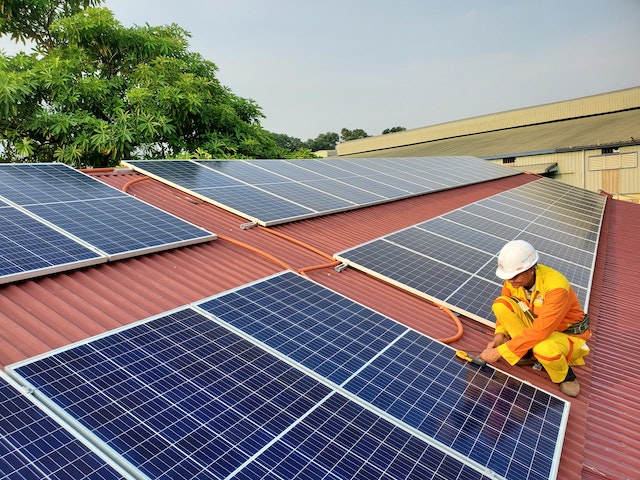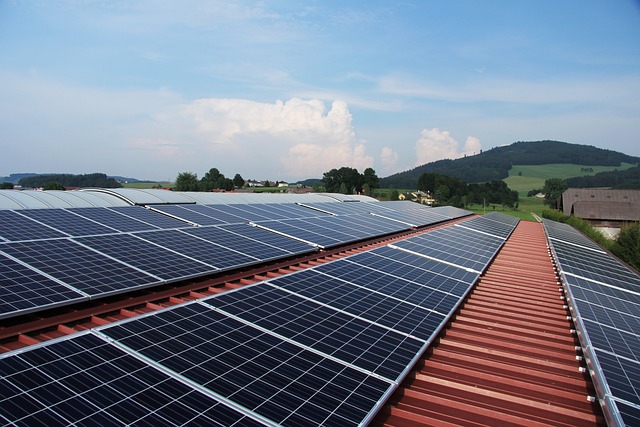If you’re considering going green on Maui, you’re most likely wondering what do solar panels do?
Solar panels are an increasingly popular source of renewable energy that are used to power homes, businesses, and even vehicles. These devices are designed to capture energy from the sun and convert it into usable electricity. In this blog post, we will explore the functions of solar panels and how they work to generate clean energy.
What Do Solar Panels Do?
The main function of solar systems is to capture sunlight and convert it into electricity that can be used to power devices or homes. This process involves several steps, including the capture of sunlight, the conversion of sunlight into electricity, and the storage of electricity for later use.

1. Capturing Sunlight
Solar systems are made up of photovoltaic (PV) cells that are designed to capture sunlight. These cells are made up of layers of semiconductor materials that absorb photons from the sun’s rays. When sunlight strikes the semiconductor material, it knocks electrons loose from their atoms, creating a flow of electricity. Here’s why solar power systems on Maui are the best energy options.
2. Converting Sunlight into Electricity
Once the PV cells capture sunlight and generate electricity, this electrical energy must be converted into a form that can be used to power devices. This is done using an inverter, which converts the direct current (DC) electricity generated by the PV cells into alternating current (AC) electricity that is used to power homes and businesses.
3. Storing Electricity
Solar systems generate electricity only when the sun is shining, so any excess electricity generated during the day must be stored for use at night or during cloudy days. This is done using batteries, which store the excess energy generated by the solar panels for later use.
How Solar Panels Work
To understand how solar panels work, it is important to understand the basic components that make up these devices. These components include the PV cells, the inverter, and the battery system.
1. PV Cells
The PV cells are the most important component of a solar panel. These cells are made up of layers of semiconductor materials, such as silicon, that absorb photons from the sun’s rays. When sunlight strikes the semiconductor material, it knocks electrons loose from their atoms, creating a flow of electricity.
2. Inverter
The inverter is responsible for converting the DC electricity generated by the PV cells into AC electricity that can be used to power homes and businesses. This is an important step because most household appliances and devices require AC power to operate.
3. Battery System
The battery system is used to store excess electricity generated by the solar panels for later use. This is an important feature because solar panels generate electricity only when the sun is shining. By storing excess electricity during the day, homeowners can use this stored energy to power their homes at night or during cloudy days.
Advantages of Solar Panels
Solar systems offer several advantages over traditional sources of electricity. These advantages include:
1. Clean Energy
Solar panels generate clean energy that does not produce harmful pollutants or greenhouse gases. This means that solar energy is a much more environmentally friendly source of energy than traditional sources, such as coal or natural gas.
2. Cost Savings
Solar systems can help homeowners and businesses save money on their energy bills by generating their own electricity. By generating their own electricity, homeowners can reduce their reliance on traditional sources of electricity and save money on their energy bills.
3. Increased Property Value
Installing solar panels can increase the value of a home or business. This is because solar panels are a desirable feature for many buyers and can help to make a property more attractive to potential buy

